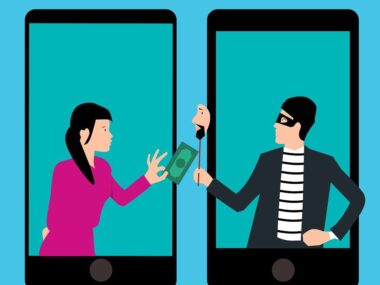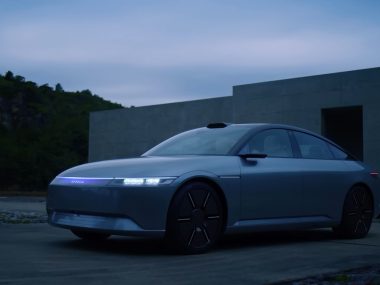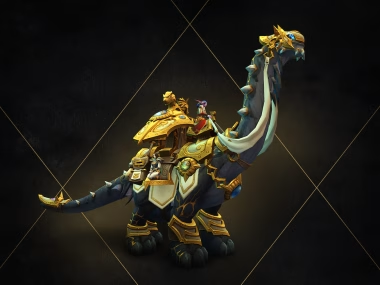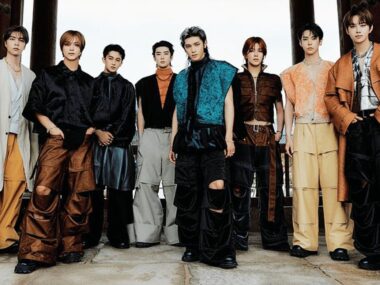TikTok is about to change in ways no one seems ready to talk about.
The U.S. government has forced ByteDance, TikTok’s parent company, to sell TikTok’s U.S. operations or face a ban. Here’s the catch: China has export restrictions on AI technology. That means TikTok’s most valuable asset, its recommendation algorithm, cannot legally be part of the sale.
In other words, the secret sauce stays with China.
So Why Buy TikTok at All?
That’s the million-dollar question. Or more like the multi-billion-dollar one.
TikTok isn’t just selling its name or user base. It’s selling an incomplete product.
A new U.S.-only app is being built, codenamed M2, and it’s launching as soon as September 2025. That app will use an entirely new algorithm, trained only on American user data.
Is it going to be any good? No one knows yet. It’s untested at scale.
Content Creators Should Brace for Impact
This is the part that isn’t getting enough attention: the user experience is about to change drastically.
TikTok’s current algorithm is what made the platform explode in popularity. It’s the reason videos go viral overnight. It’s why people spend hours scrolling without realizing it. The new version of TikTok, the U.S. version, will not have that same algorithm.
That’s going to impact creators. Especially those who rely on TikTok for income.
What happens if your content stops reaching people the way it used to? What if your viewership plummets because the new algorithm just isn’t as effective? How long are you supposed to wait for it to improve, especially when your bills don’t wait?
Most content creators aren’t business experts. They know how to create content, not how to navigate a platform shift this big. This is going to hit some people hard, mentally and financially.
It raises a difficult question: Do you train the new algorithm to artificially keep the top creators on top, just to stop the bleeding? Or do you let things fall where they may, knowing some careers will collapse in the process?
Either way, it’s a mess.
Is Buying TikTok Really Worth It?
For big tech companies, TikTok is still tempting. Even without the original algorithm.
Why?
- 170 million U.S. users is a powerful number.
- TikTok generates billions in ad revenue every year.
- Short-form video is where the cultural influence is right now.
Amazon, Oracle, Microsoft, and others are all in the mix to buy it. Some are putting together consortium bids. Some are looking at TikTok as a way to boost cloud services or drive e-commerce sales.
Let’s be honest: Most people who use TikTok already have Amazon accounts. From a data perspective, what you buy says more about you than what you watch. Tech giants know this. They’re looking at TikTok’s user base and thinking about the long game.
Even if the new algorithm isn’t great at first, they believe it can improve over time. They’re betting that the platform’s size, brand, and cultural relevance are enough to survive the transition.
That’s a huge risk.
Why Keep Delaying the Shutdown?
If this is such a mess, why hasn’t the U.S. government just banned TikTok already?
A few reasons:
- Legal Complexity: The Supreme Court is involved. The situation is fluid.
- Political Pressure: An abrupt ban could trigger backlash from TikTok’s massive U.S. user base.
- Economic Interests: Investors, advertisers, and creators all have a lot to lose.
- Gray Areas: Some legal experts think the repeated delays are stretching the law. Shutting TikTok down overnight could cause more chaos than the government wants to deal with.
For now, users will be asked to download the new version of TikTok in September. The old one will stop working sometime in March 2026.
The Bigger Problem No One’s Talking About
There’s a larger issue here, and it’s not just about TikTok.
We are entering an era where geopolitics controls algorithms. When a company’s AI is locked behind national borders, you don’t just lose access to code. You lose access to the results of years of training, testing, and refinement.
TikTok’s algorithm isn’t just a piece of software. It’s a product of billions of interactions across global users over time. That can’t be rebuilt overnight with a U.S.-only dataset.
When the U.S. version of TikTok launches, it won’t feel the same. The viral loops will be different. The content you’re shown will change. Some creators will rise. Others will fall. And no one knows yet what that will look like.
If You’re a Creator, Have a Plan B
From a business perspective, if I were a TikTok creator, I wouldn’t sit back and wait to see how this plays out. I’d have a solid Plan B ready.
This is not just a platform shift. It’s an algorithm shift. That’s much harder to recover from.
Sometimes, the smartest move isn’t to fight to keep something going at all costs. Sometimes it’s better to let it go.
At the very least, creators and users deserve to know the truth: TikTok is being sold without the thing that made it TikTok.
No one knows what happens next.






